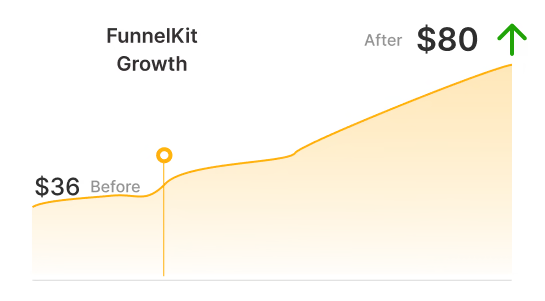![Bridge Funnel: The High-Converting Affiliate Marketing Strategy That Boosts Conversions [2026]](https://funnelkit.com/wp-content/uploads/2023/04/bridge-funnel-funnelkit-2.jpg)
The average affiliate marketing conversion rate sits at just 1.20% across all industries, according to FirstPageSage’s 2024-2025 analysis of thousands of campaigns.
That means that for every 100 visitors who click your affiliate link, only 1 or 2 will actually complete a purchase.
Having helped 39,000+ WordPress and WooCommerce businesses optimize their conversion paths, we have found that cold traffic sent directly to sales pages converts poorly.
Visitors need to be warmed up before they’re ready to buy. This is precisely where a bridge funnel transforms affiliate marketing results.
Rather than hoping cold prospects will convert on a page you don’t control, a bridge funnel inserts a strategic warming step that captures leads, builds trust, and pre-sells the offer before the handoff.
In this guide, we’ll explain exactly what a bridge funnel is, why it works (the psychology is fascinating), and walk you through building one step-by-step in WordPress.
Whether you’re promoting high-ticket products or building a sustainable affiliate income stream, understanding this strategy is essential for 2026 and beyond.
Table of Contents
- 1 What is a Bridge Funnel?
- 2 5 Key Elements to Building a Successful Bridge Funnel
- 3 How to Create a High-Converting Bridge Funnel?
- 4 Use Automated Follow-Up Sequences to Boost Conversions
- 5 Bridge Funnel Applications in Different Domains
- 6 Common Bridge Funnel Mistakes We See (And How to Avoid Them)
- 7 Frequently Asked Questions (FAQs) on Bridge Funnels
- 8 Why are bridge funnels called affiliate marketing funnels?
- 9 What is the purpose of a bridge page?
- 10 What's the difference between a squeeze page and a bridge page?
- 11 Can I use bridge funnels for my own products, not just affiliate offers?
- 12 How do I drive traffic to my bridge funnel?
- 13 You’re One Step Away from Boosting Conversions through Bridge Funnels!
What is a Bridge Funnel?
A bridge funnel is a funnel marketing strategy that places one or more intermediary pages between your traffic source (ads, social media, content) and the affiliate product you’re promoting.
It "bridges" the gap between cold prospects and a purchase decision.
The typical bridge funnel structure includes:
- Traffic source (paid ads, organic search, social media posts)
- Opt-in/squeeze page (captures email addresses in exchange for a lead magnet)
- Bridge page (pre-sells the offer with persuasive content, videos, or testimonials)
- Affiliate offer page (the vendor’s sales page where the purchase happens)
- Follow-up email sequence (nurtures non-buyers toward conversion)
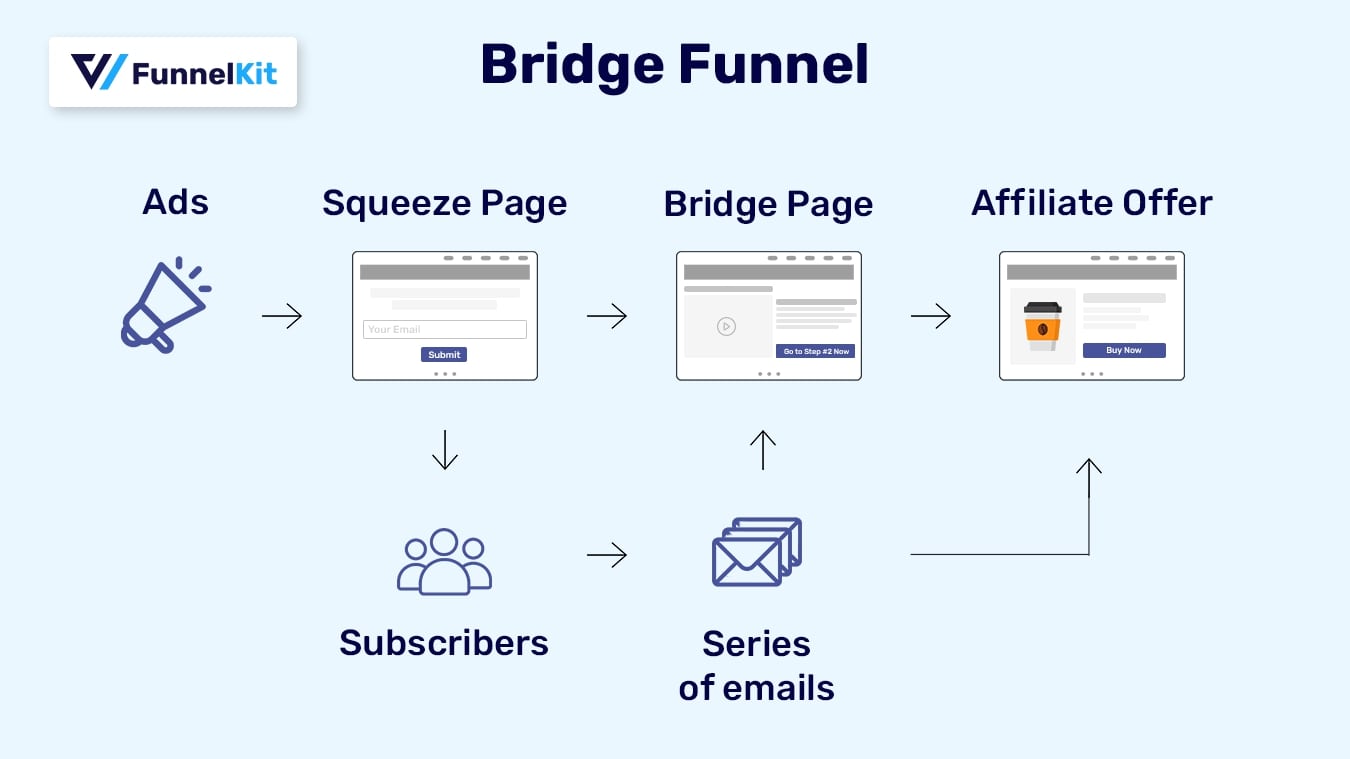
The critical advantage? Even if prospects don't purchase immediately, you've captured their email address.
Research from the Email Vendor Selection 2024 report shows that 80% of leads never convert on first contact. Still, well-crafted follow-up sequences can recover a significant portion of that lost revenue.
The Psychology Behind Why Bridge Funnels Work
Bridge funnels leverage a well-documented cognitive phenomenon called priming. In psychology, priming refers to the influence of exposure to one stimulus on our response to subsequent stimuli.
A 1996 study published in the Journal of Personality and Social Psychology by John Bargh and colleagues demonstrated that what we read and experience directly shapes our subsequent behaviour and decision-making.
The researchers found that subtle exposure to certain concepts significantly influenced participants' actions, even without conscious awareness.
In affiliate marketing terms, a bridge page primes visitors by:
- Establishing your credibility before they encounter the sales (landing) page
- Framing the problem in a way that makes the solution (the product) feel inevitable
- Pre-answering objections visitors might have about the product
- Building emotional investment in achieving the desired outcome
When visitors arrive at the actual affiliate sales page, they’re no longer cold prospects. They instantly start connecting with the goal they want to achieve, which your product offers.
This is why, in our experience supporting thousands of funnel implementations, bridge funnels consistently outperform direct affiliate links.
5 Key Elements to Building a Successful Bridge Funnel
A typical bridge funnel consists of five key elements:
1. A compelling lead magnet and offer
Your top priority should be to create a compelling offer for the product you’re promoting in exchange for an email address.
Emphasize the discount if the affiliate website is running any sales. Or, write down the benefits by stating the value you’re getting from this product at a low price.
Obviously, these offers have to be put on a bridge page (which we discussed later).
Determining your offer is a crucial part of helping you generate big revenue.
If you’re promoting a fitness supplement, a “7-Day Metabolism Boost Meal Plan” creates relevance and primes readers for the product solution.
2. An optimized squeeze page
This is the first step of your bridge funnel. The primary goal of your squeeze or opt-in page is to collect the visitor's email and send them further down the funnel.
You can even offer lead magnets to encourage users to opt in with their email addresses.
This lead magnet could be an ebook, PDF, video training, etc., related to your primary affiliate offer.
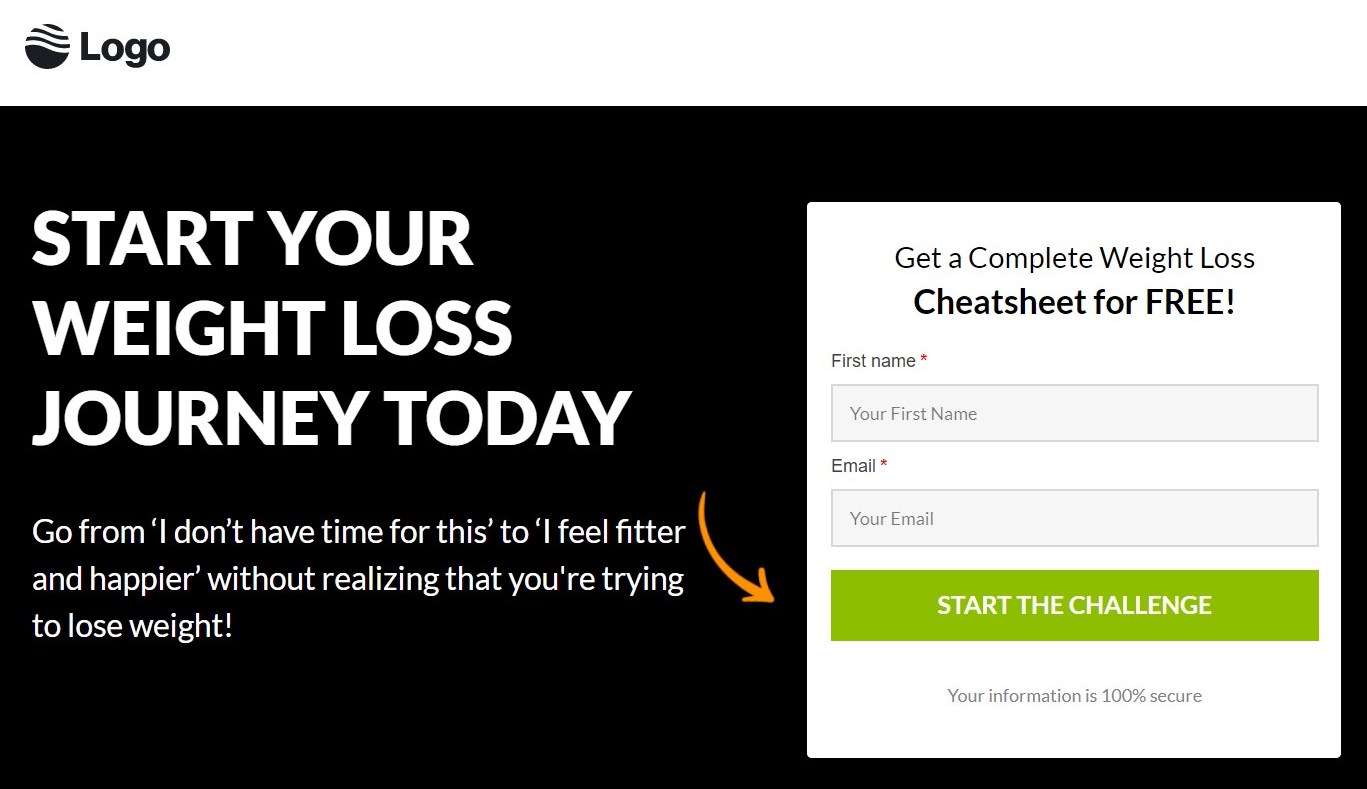
The squeeze page results in building your email list while you earn your affiliate commissions.
Once you have their information, you can send them to the bridge page.
3. The Bridge page
The bridge page is the most crucial step of your bridge funnel.
Its primary goal is to make your prospects get interested in your offer. It could be done through a persuasive copy that presells and closes the gap between them and the product offer you’re selling or promoting.
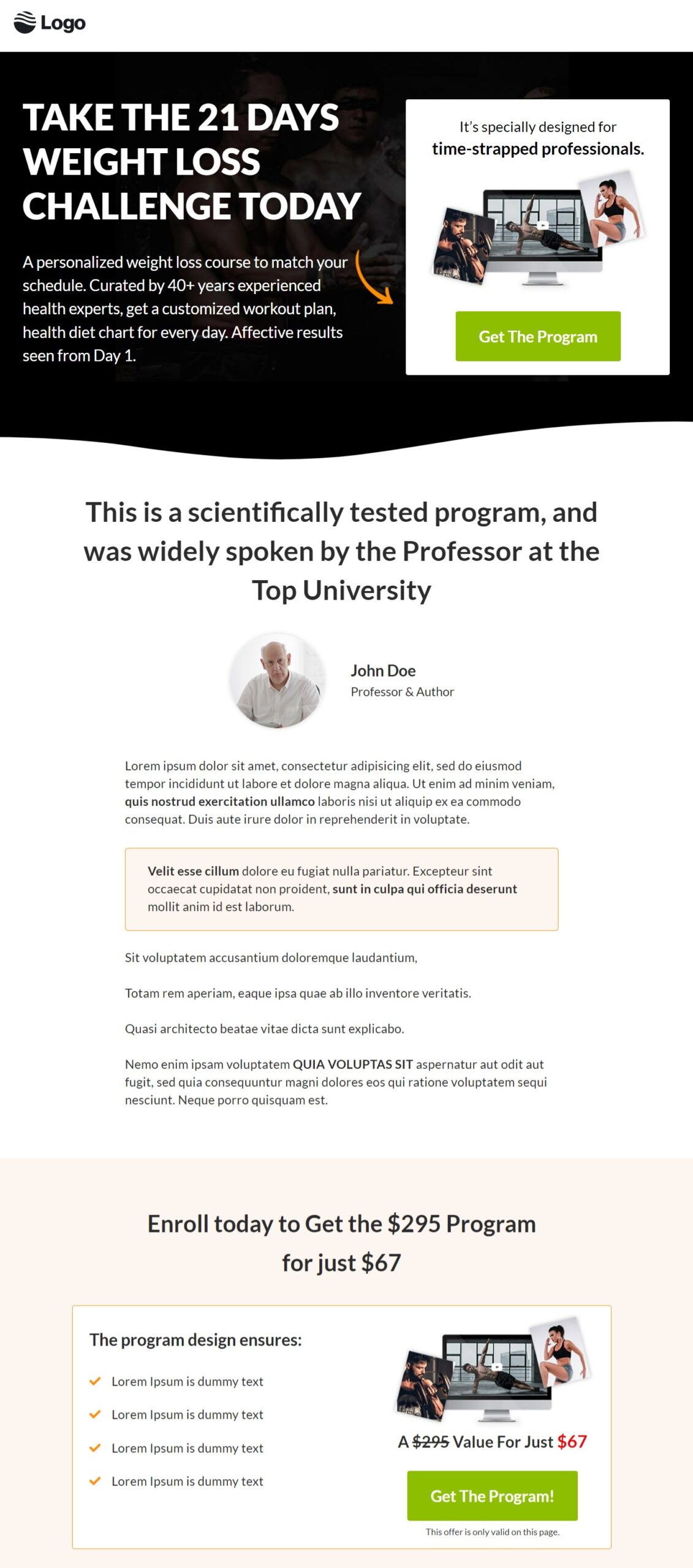
Since your visitors have signed up for your offer, it’s clear that they’re interested in your product.
A bridge page will make this offer far more interesting if you include the following elements:
- Attention-grabbing headline: An eye-catching headline that makes the user stick to your page and want to know more about your offer.
- Engaging graphics or video: Visual graphics always convert better than text. That’s why you should clearly explain how the product is a solution to their problem through a visual representation in the form of a graphical image or video.
- Compelling copy: Write a creative copy about the product you’re offering and the solution it brings to solve your user’s problem.
- Value proposition: Highlight the key benefits your product offers and how it helps users achieve their goals. Don’t forget to include what your users will get once they have their hands on the product.
- Social proof: Testimonials can help increase your sales page conversions by 34%. Social proof significantly impacts users’ purchasing decisions. That’s why you should always give user reviews on your bridge page.
- Call to action (CTA): Having multiple CTA on long layout pages generates up to 220% more conversions than landing pages with CTA placed only in the above-the-fold section. That’s why marketers prefer using multiple CTAs on their landing and bridge pages. Make sure to keep your CTAs short and actionable.
4. The affiliate sales page
An affiliate offer sales page includes all the product descriptions you’re promoting. It’s the central offer page where payment and order booking happen.
The key difference between a bridge page and a main page is that the bridge page helps with priming and stating the benefits and highlights of the affiliate offer.
Whereas a sales page goes into detail and links to checkout to complete the purchase.
5. Automated emails
Around 80% of generated leads actually never convert.
That’s why setting up automated follow-up lead-nurturing emails is essential to enhance conversions.
Not just that, if your prospects don’t buy your affiliate product after the bridge page, you can still interact with them via email on autopilot.
This way, you can even generate revenue while you sleep.
How to Create a High-Converting Bridge Funnel?
While several tools can create bridge funnels, we'll demonstrate how to do so using FunnelKit’s Funnel Builder, which integrates natively with WordPress and WooCommerce. The principles apply regardless of your chosen platform.
The Funnel Builder by FunnelKit is the most powerful sales funnel builder plugin created for WordPress. It lets you set up your opt-in pages, sales pages, checkouts, order bumps, one-click upsells and downsells, thank-you pages, and more.
Plus, it’s available in free (lite) and premium versions. But we’ll use and recommend you use its Pro version to harness the power of premium templates and unmatched capabilities to build your bridge funnels.
Once you have the plugin, refer to our installation guide on setting up Funnel Builder on your WordPress website.
Follow the step-by-step instructions to create your high-converting bridge funnel:
Step 1: Create a new sales funnel
Go to FunnelKit ⇨ Funnels from your WordPress menu and click on the ‘Create New Funnel’ button.
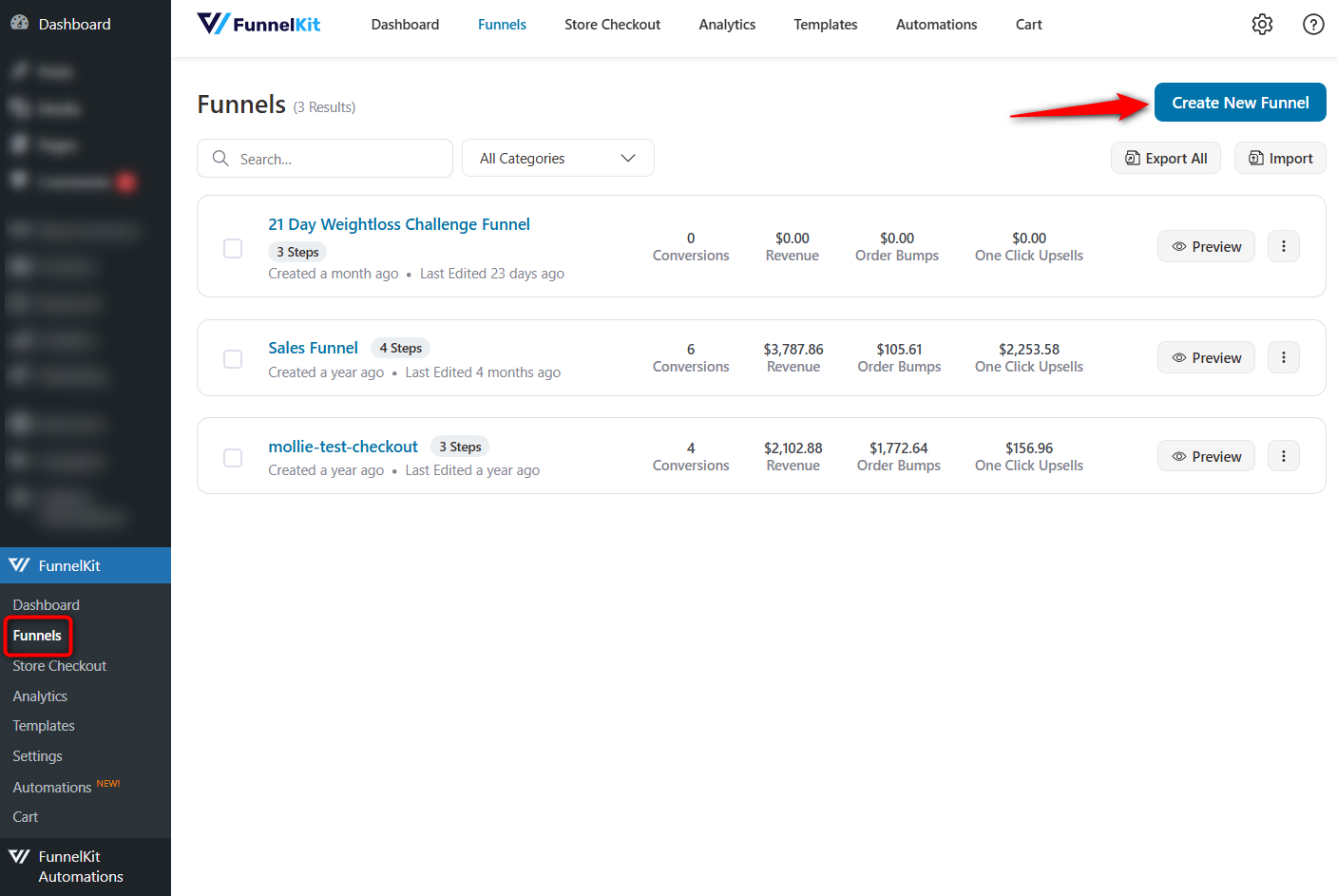
It’ll take you to the templates screen. Here you can see all available FunnelKit templates.
First, we’ll be choosing the squeeze page. For that, hit ‘Lead Funnels’ and choose the template you like. Don’t forget to select your favorite page builder.
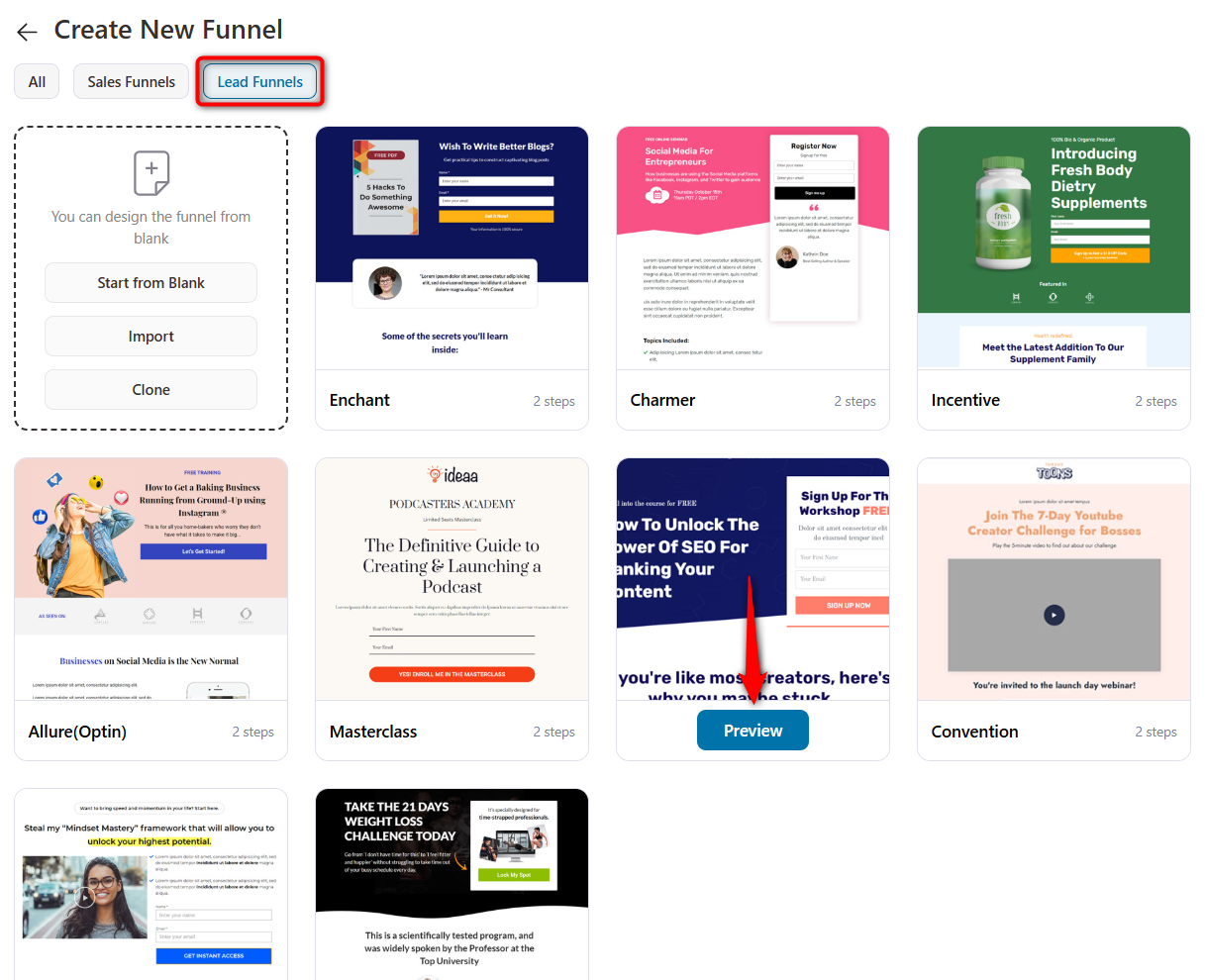
The next screen will help you see a full preview of the pages in this template. Select the form type and hit the ‘Import This Funnel’ button.
Name your funnel - Bridge Funnel.
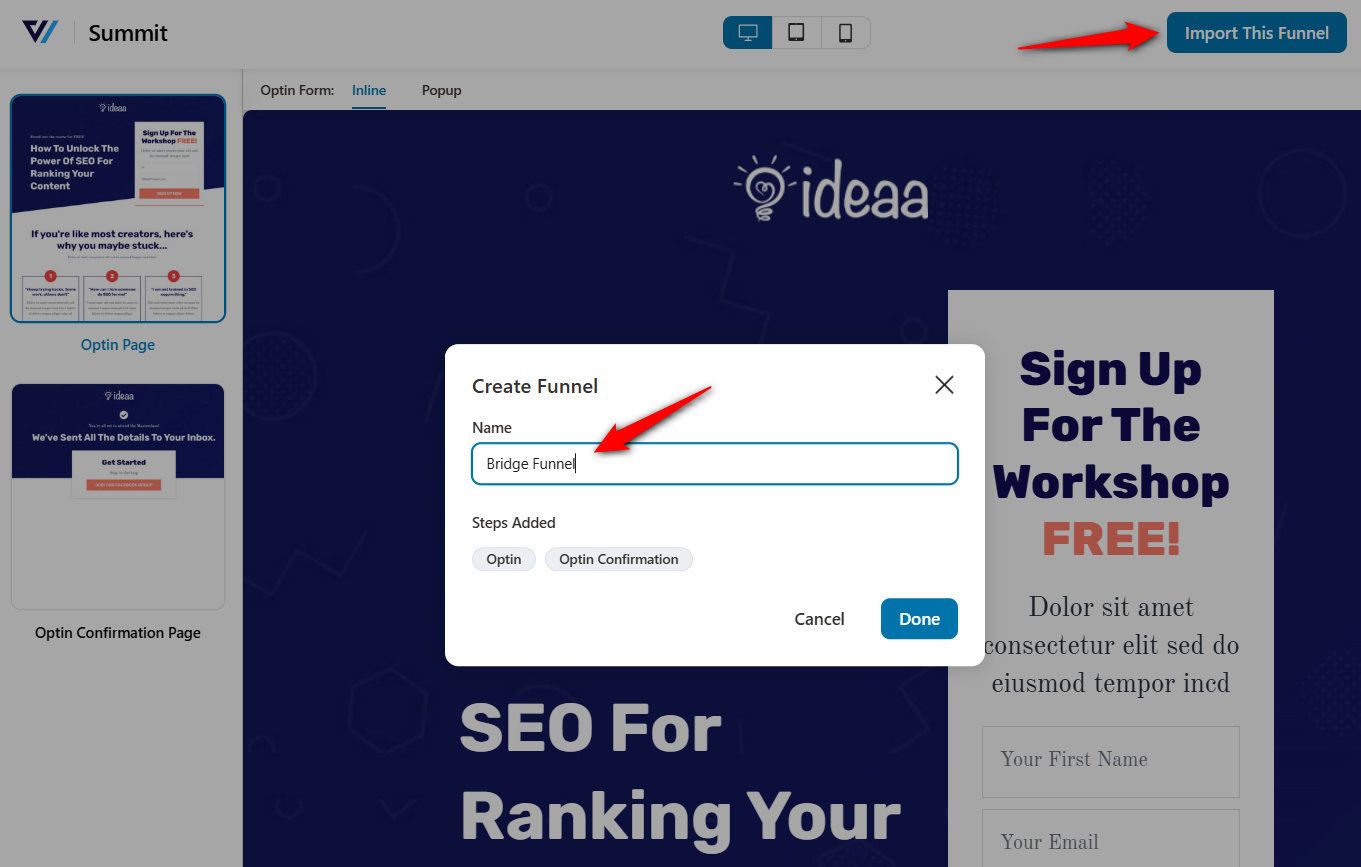
Clicking on ‘Done’ will import this funnel.
Step 2: Customize your opt-in page
Next, click on the name of your squeeze or opt-in page to start customizing it.

It’ll take you to the ‘Design’ tab. From here, you’ll be able to customize your opt-in page template as per your requirements.
It lets you customize your opt-in page's headings, images, text, form, etc. Click on the post below to learn about customizing your opt-in page.
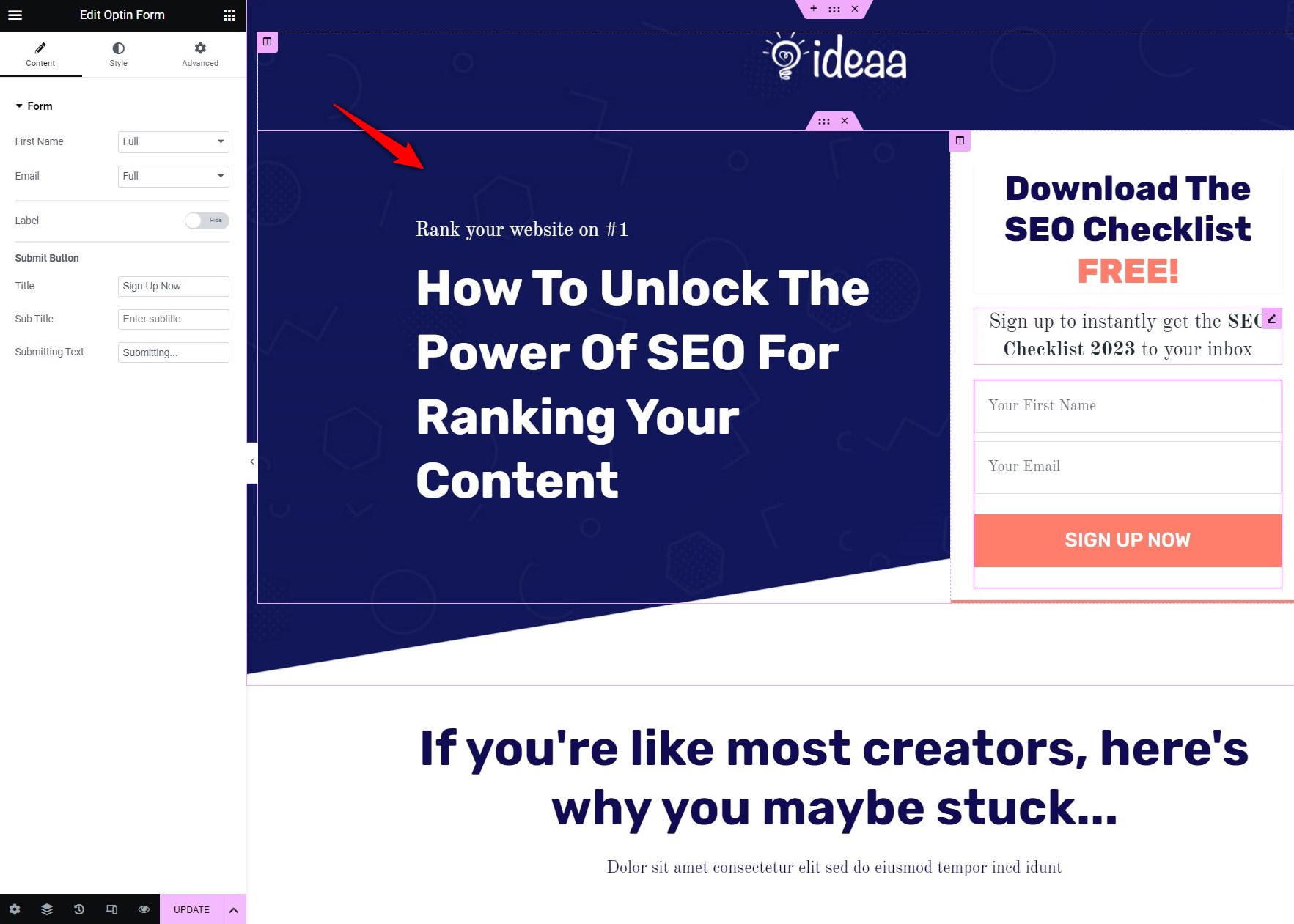
Further, you can even send a lead notification to your subscribers with an attached lead magnet from the Actions tab.
For example, we have set up an email to welcome our subscribers and send them the SEO Checklist 2026.
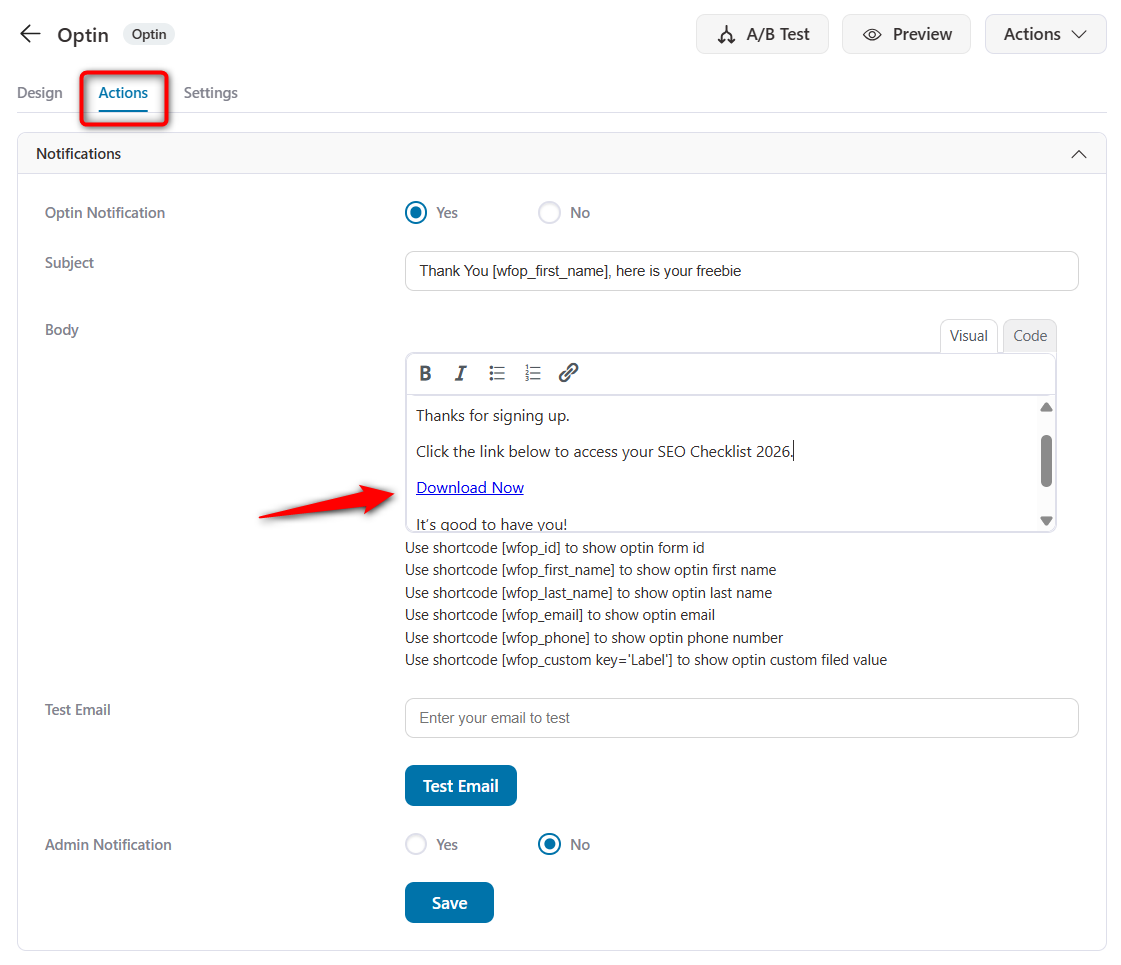
Once done, click 'Save' to lock all the changes.
Step 3: Add the bridge page
The second step in our funnel is to add the bridge page. Thus, we’ll be removing the Opt-in confirmation page from the funnel.
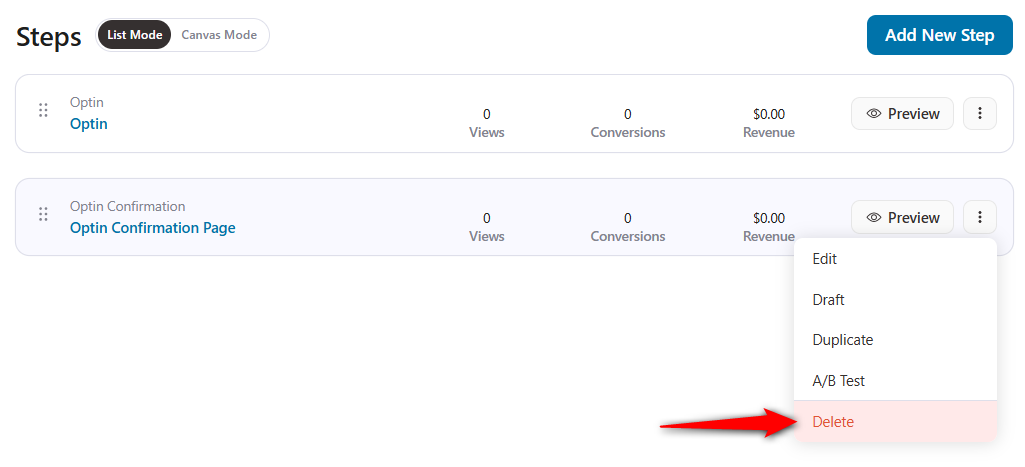
To add the bridge page, click on ‘Add New Step’.

Click on the ‘Sales’ and you’ll see all the landing page templates.
Now follow the same process as in step 1: choose a template, name the bridge page, and import it.
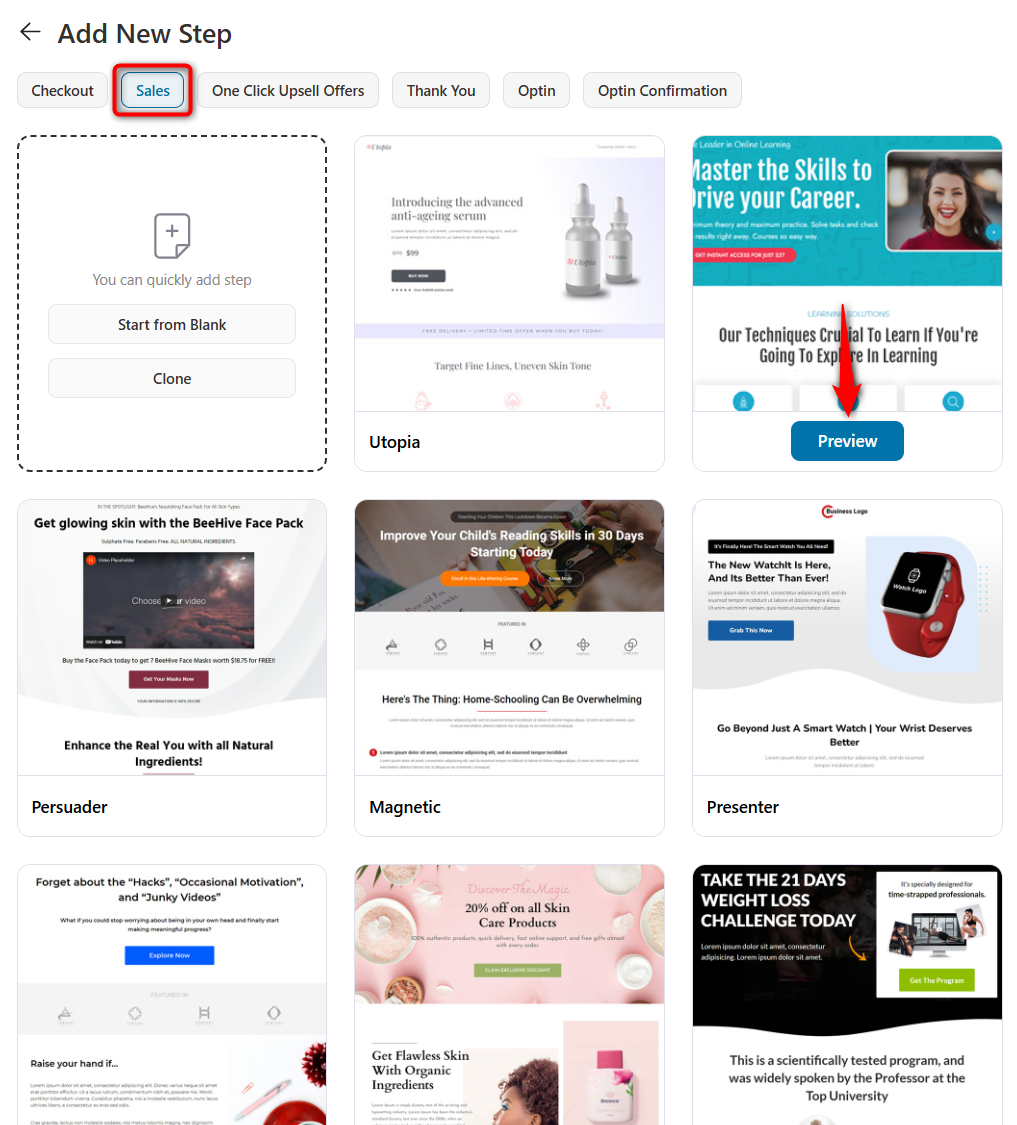
Once done, you’ll have the bridge page added to your funnel.
Step 4: Customize your bridge page
Hit ‘Edit’ to start customizing your bridge page.
On the Design tab, click on ‘Edit Template’ to customize the bridge page design.

This will load your page in the page builder you’ve selected.
* Attractive header *
Start by customizing the heading of your bridge page. Just click on the pencil icon and edit the title as per your needs.
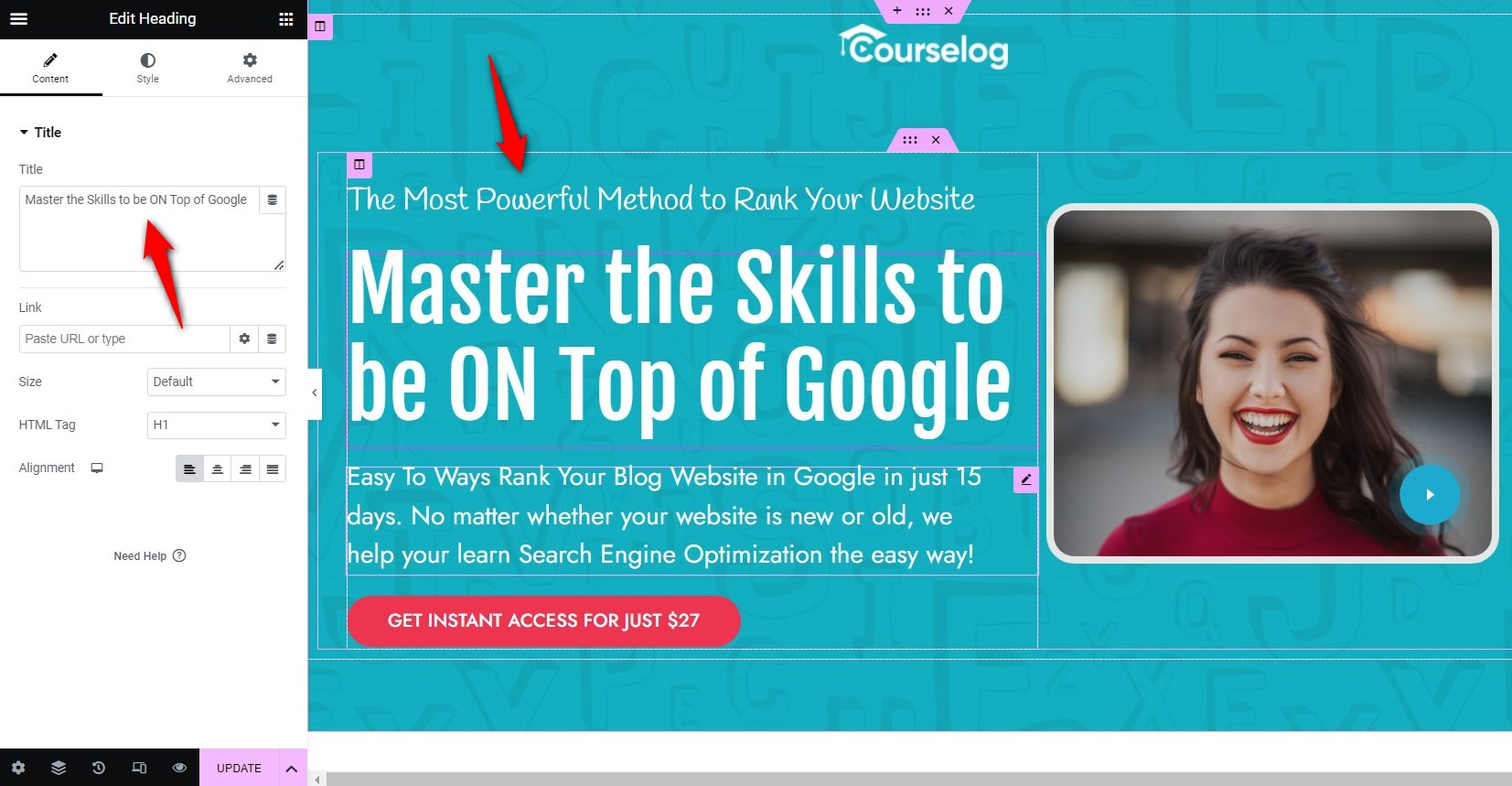
* Engaging video or graphical image *
Next, choose an engaging video or graphics that guides users on how to use this product to overcome their problems.
Select the graphics on your header section and embed an image or video there.
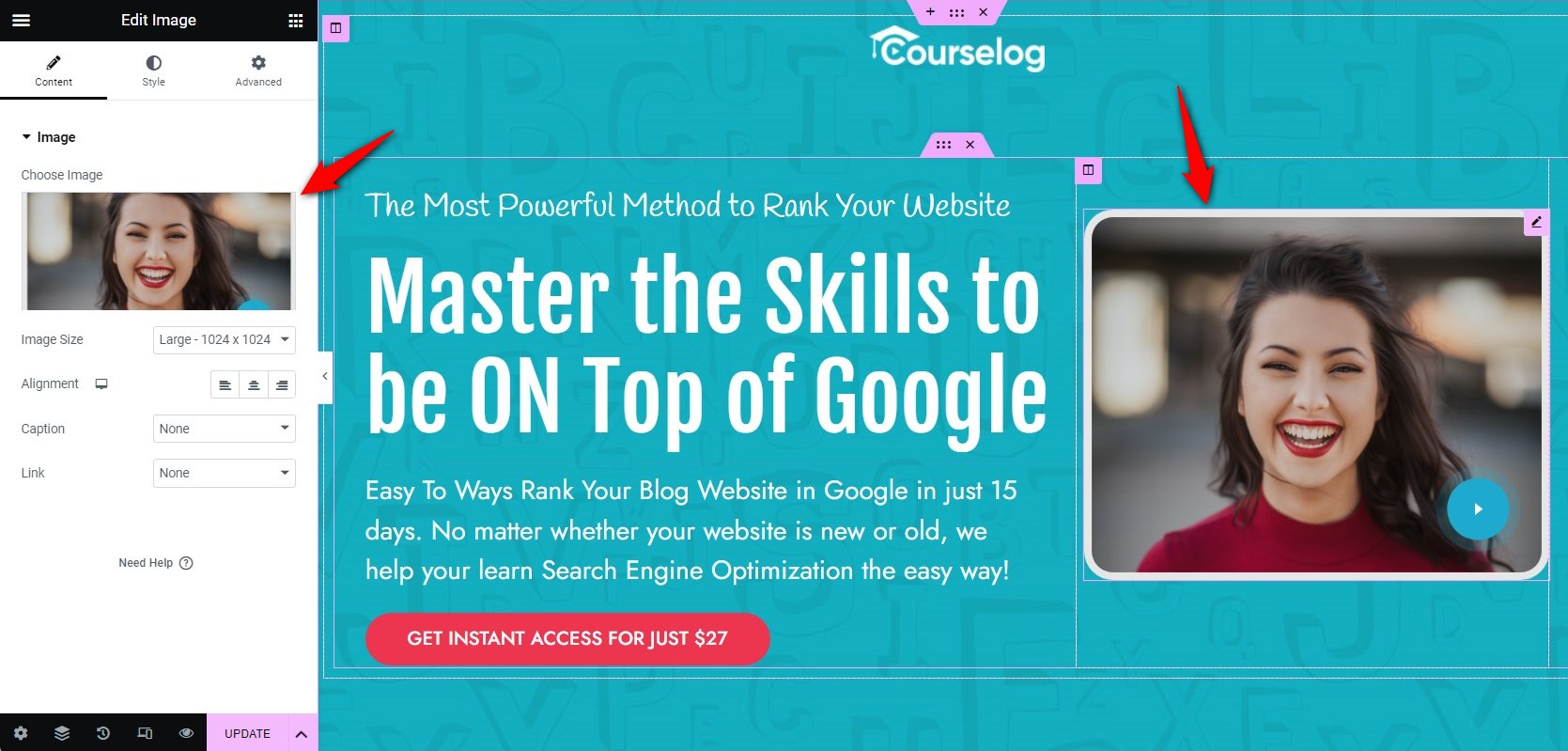
* Compelling copy *
Make sure to put the unique selling proposition (USP) that signifies how the product you’re promoting is able to help other customers.
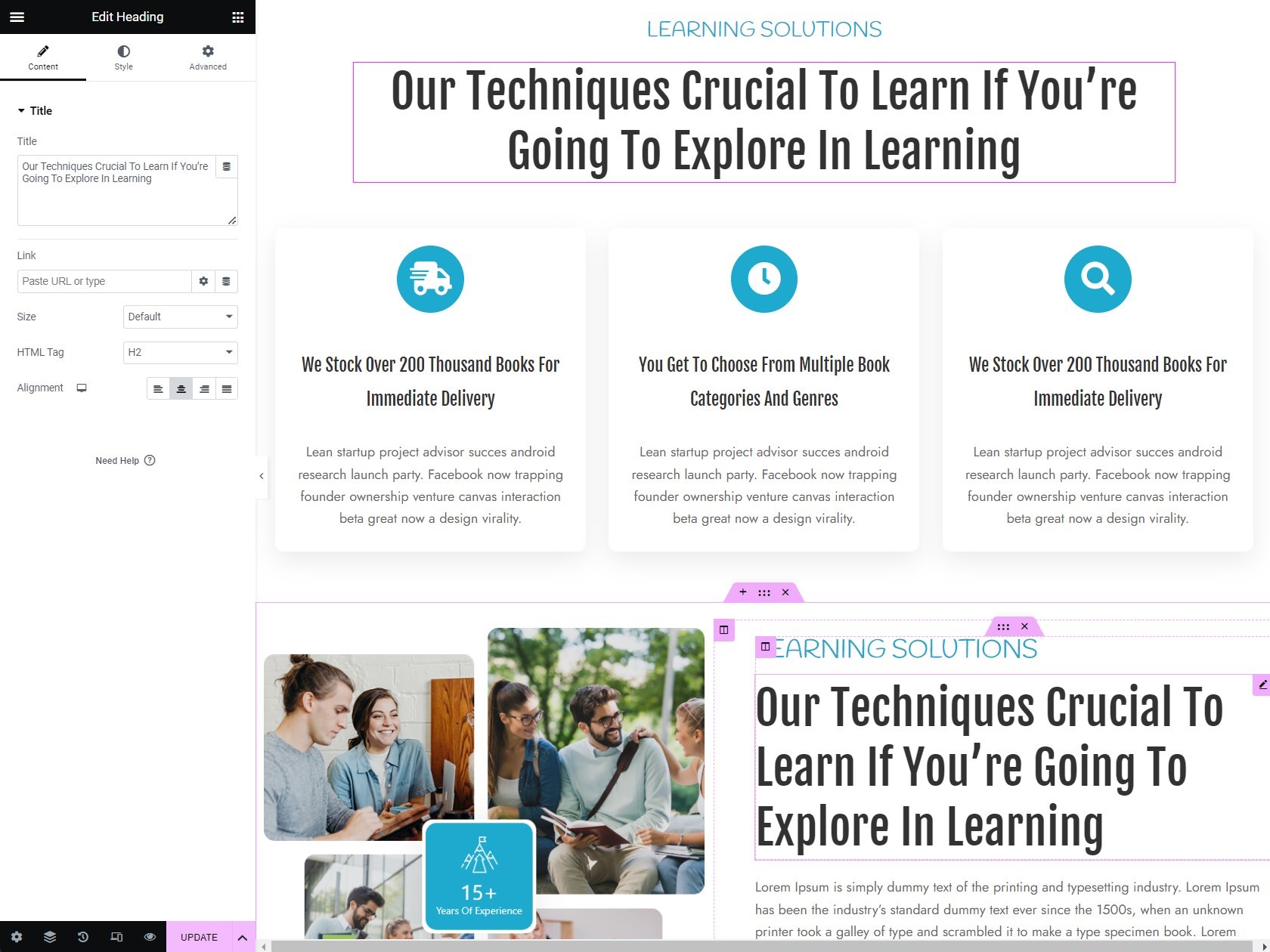
Make sure to highlight the benefits and what your users will get once they purchase the product.

* Social proof *
Give testimonials from real users to help seal the deal. Customize the social proof section with a review title, description, and star rating.
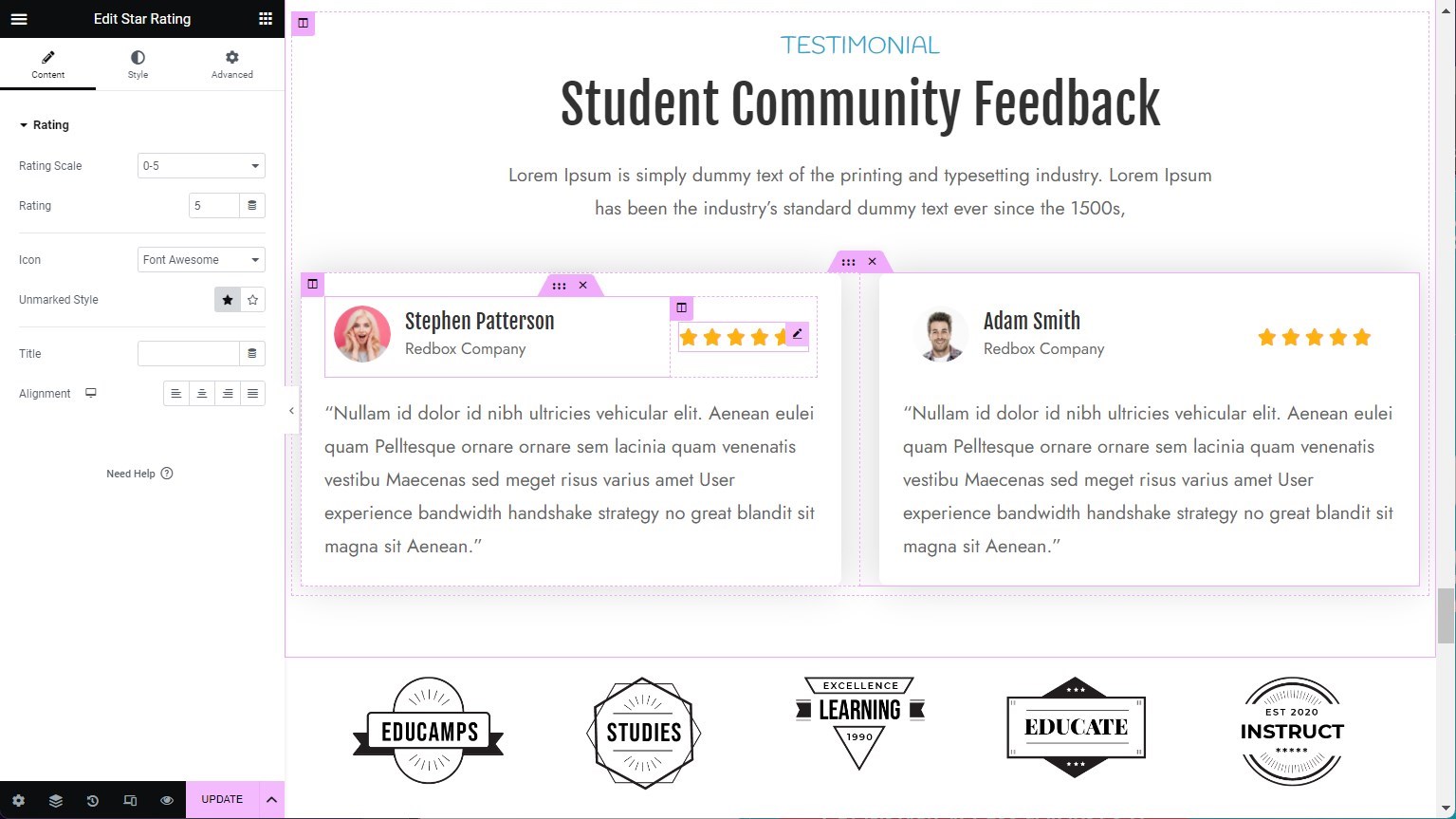
Make sure to hit the ‘Update’ button to save your changes.
Step 5: Link the CTA to the affiliate product
Since this template already has multiple CTA buttons, you just need to make its text short and link it to the affiliate product you’re promoting.
Simply click on the button and give the link to the affiliate product along with your affiliate URL:
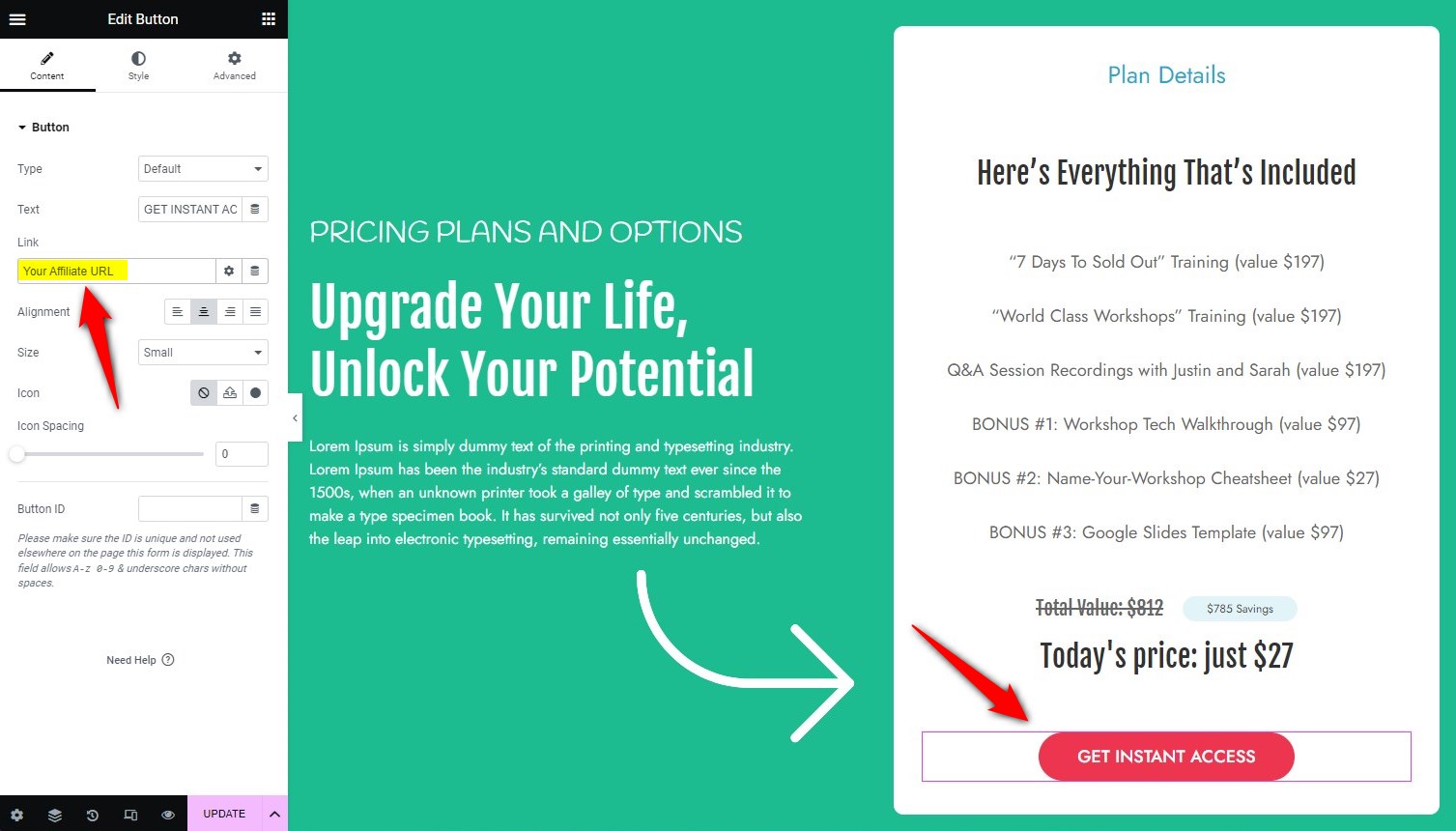
Make sure to put all the affiliate links in all your CTA buttons. Once everything is done, hit the ‘Update’ button.
That’s it! This is how you can create your own affiliate bridge funnel in WordPress.
For users who skipped the purchase, you can reach out to them via automated follow-up emails (explained in the next section).
Use Automated Follow-Up Sequences to Boost Conversions
Your bridge funnel still allows you to close the sales even if your visitors don’t convert in your funnel. How?
By using automated emails and nurturing them to explore and buy the product.
With FunnelKit Automations, you can set up this sequence with well-timed delays, actions, and incentives.
It offers pre-built, automated recipes that can be customized and launched within a few minutes.
Go to the Automations section and install the FunnelKit Automations plugin.
Once done, you’ll be able to see these pre-designed automated workflows, including opt-in follow-up sequences, first-order workflows, abandoned cart reminders, and more.
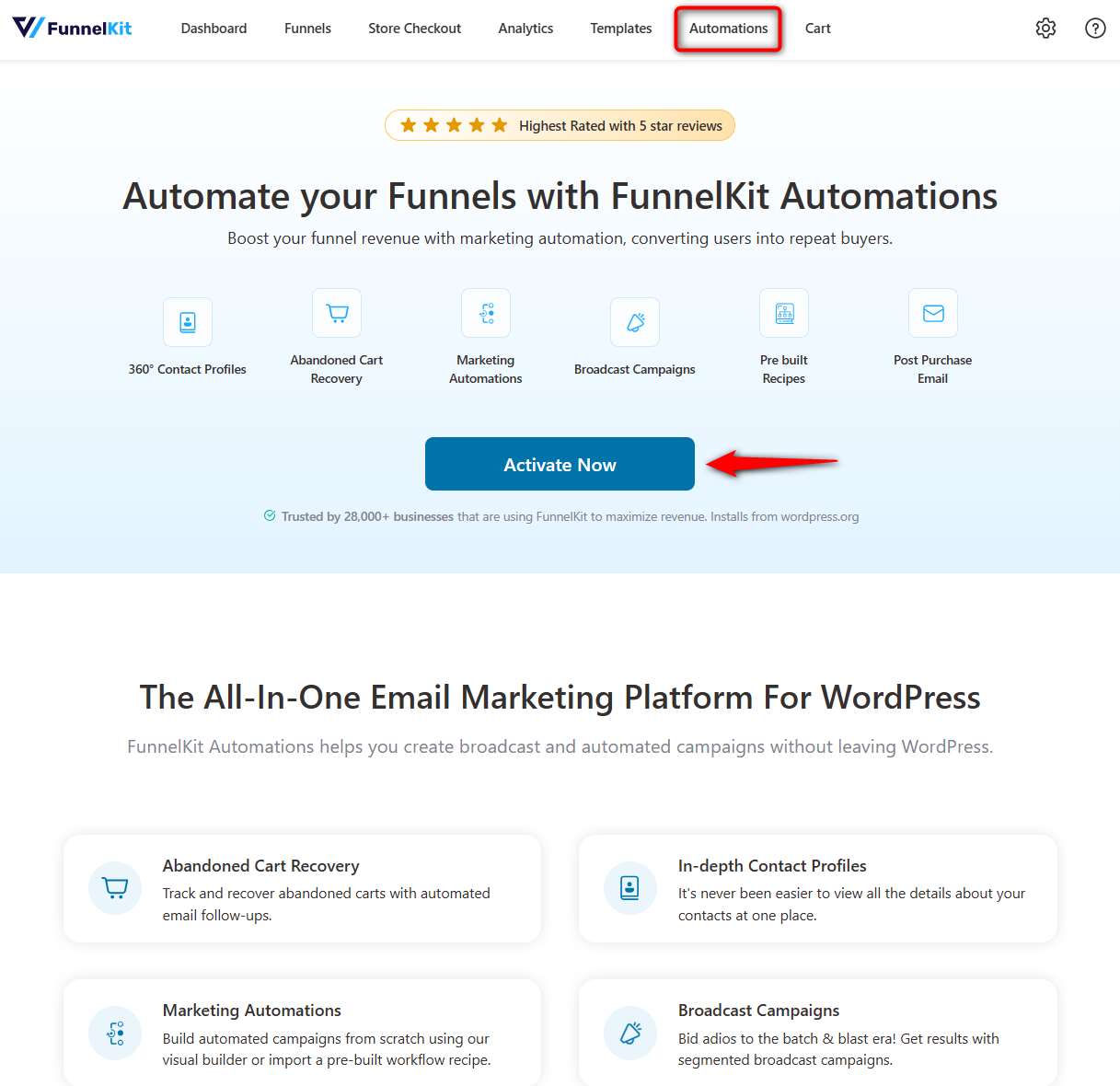
Based on your strategy, you can create a perfect follow-up sequence that turns your leads into customers.
Here are some of our most-read guides on FunnelKit Automations:
- Welcome Email Campaigns that Turn New Subscribers into Customers in 7 Days
- Nurture Your Leads with WordPress Autoresponder
- Integrate Signup Forms with FunnelKit Automations to Nurture Leads
Bridge Funnel Applications in Different Domains
While bridge funnels are most commonly associated with affiliate promotions, the strategy adapts to numerous business contexts:
- E-commerce and product launches: Bridge funnels let you capitalize on FOMO by creating a lucrative deal. This can be done for physical products, limited-stock deals, BOGO offers, new launches, tech innovations, etc.
- B2B and enterprise sales: Identify potential businesses needing your product or service to streamline their operations. Laying out the benefits and effectiveness of your product on a bridge page will do wonders.
- Course creators and coaches: If you’re a creator, coach, or consultant, a bridge funnel helps you provide your prospects with a product that can change their lives. You can use the bridge funnel landing page to build hype for the program and boost the creator's credibility.
- Network marketing: A bridge funnel lets you highlight key benefits and features of the product you’re promoting. Once they’re convinced, you can send them to the respective checkout to complete their purchase.
- Professional services: For prospects who don’t know anything about you or your business, bridge funnels can be used to educate and send them to the funnel that provides a desired solution.
Common Bridge Funnel Mistakes We See (And How to Avoid Them)
Having reviewed thousands of funnels over the years, we've identified recurring patterns that undermine bridge funnel performance:
- Misaligned lead magnets: The lead magnet must naturally lead to the affiliate product. A generic "50 Marketing Tips" ebook doesn't prime someone for a specific software purchase.
- Weak bridge page copy: Simply listing product features isn't persuasion. Focus on transformation and outcomes rather than specifications.
- No video content: Text-only bridge pages convert significantly less than those with video. Even a simple screen recording or talking-head video builds trust.
- Neglecting email follow-up: Most conversions occur in follow-up sequences, not on first contact. Failing to nurture leads to wasting the effort spent acquiring them.
- Inconsistent messaging: If your bridge page promises one thing and the affiliate sales page delivers another, trust collapses. Preview affiliate sales pages before building your bridge content.
Key Takeaways
- Bridge funnels solve the cold-traffic problem by inserting a trust-building step between your traffic source and the affiliate offer.
- The strategy is grounded in psychology: Priming influences how visitors perceive and respond to subsequent offers.
- Email capture is the hidden value: Visitors who don't convert immediately become assets for future marketing.
- Five elements work together: Lead magnet, squeeze page, bridge page, affiliate sales page, and email follow-up.
- Applications extend beyond affiliate marketing to e-commerce, B2B, coaching, and professional services.
- Implementation is straightforward with WordPress funnel-building tools like FunnelKit.
Frequently Asked Questions (FAQs) on Bridge Funnels
Here, we have answered some of the most common questions asked by users on bridge page funnels:
Why are bridge funnels called affiliate marketing funnels?
Bridge funnels are often called affiliate marketing funnels because they fit perfectly into a strategy to target the right people and get them to purchase the products they are looking for. It bridges the gaps between a prospect and the product, further leading affiliates to increase their conversion rates.
What is the purpose of a bridge page?
A bridge page is one of the additional steps in the bridge funnel strategy. The primary purpose of a bridge page is to pre-sell your audience before sending them to the main product page. It gives you the perfect space to convince users about a product or service you’re promoting.
What's the difference between a squeeze page and a bridge page?
A squeeze page focuses exclusively on capturing contact information, typically offering a lead magnet in exchange. A bridge page assumes you already have the visitor's attention (often via the squeeze page) and focuses on pre-selling the affiliate offer through education, trust-building, and persuasive content.
Can I use bridge funnels for my own products, not just affiliate offers?
Absolutely. The bridge funnel concept applies to any situation where you need to warm up cold traffic before presenting an offer. Product launches, course sales, high-ticket services, and even subscription products benefit from the same trust-building approach.
How do I drive traffic to my bridge funnel?
Common traffic sources include paid advertising (Facebook, Google, YouTube), content marketing and SEO, social media organic posts, influencer partnerships, and email marketing to existing lists. The traffic source should align with where your target audience spends time and how they prefer to discover solutions.
If you think your question has been missed, we encourage you to ask our Support Team, who will surely help you.
You’re One Step Away from Boosting Conversions through Bridge Funnels!
Bridge funnels are among the most reliable strategies for improving affiliate marketing results.
By inserting a trust-building step between cold traffic and purchase decisions, you transform the economics of affiliate promotion.
The key insight isn't just about conversion rates, though those improve significantly. It's about building an asset, your email list, that compounds in value over time.
Every lead captured through your bridge funnel becomes an opportunity for future promotions, not just the current offer.
To set up your bridge funnels, you need a potent sales funnel builder like FunnelKit.
With its conversion-optimized templates, funnel customization and optimization, built-in A/B testing, etc., you can set up perfect sales funnels to meet your needs.
If you're ready to implement this strategy, start with the basics.
Choose one affiliate product you genuinely believe in, create a relevant lead magnet, build your squeeze and bridge pages, and set up basic email follow-up. Test, measure, and refine from there.
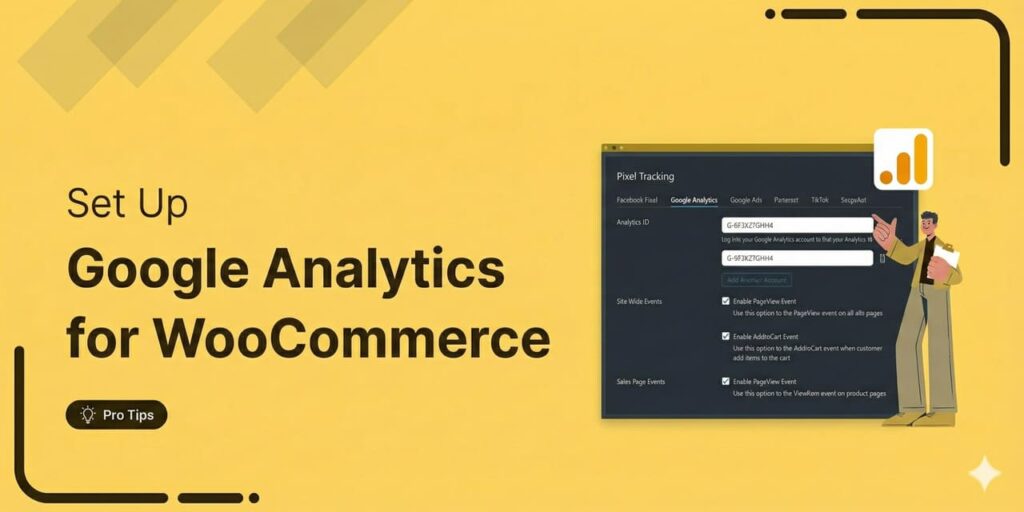
Editorial Team
December 22, 2025Do you want a reliable WooCommerce Google Analytics integration that tracks real customer behavior (not just page views)? Many WooCommerce stores install Google Analytics but never configure it correctly for...
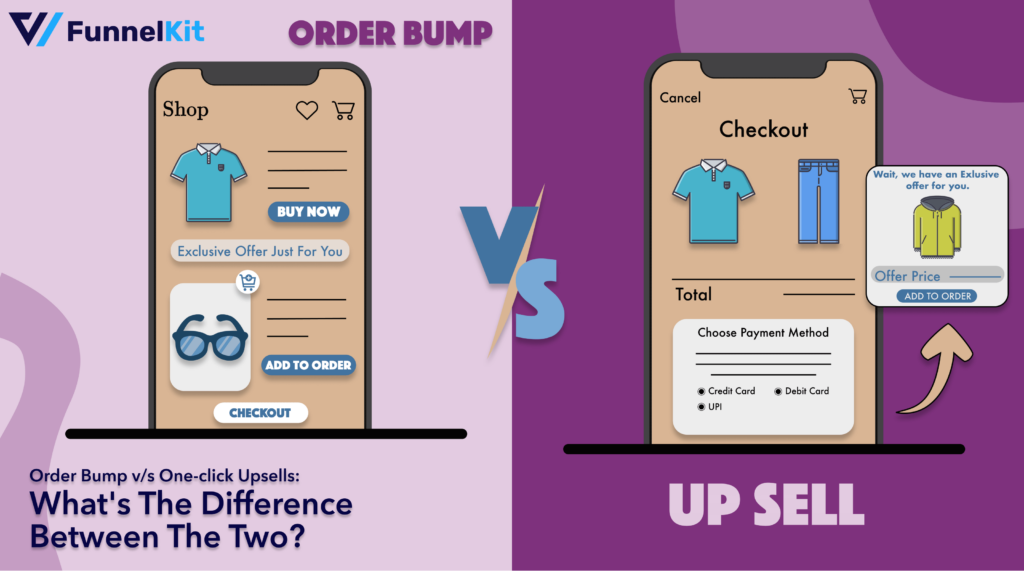
Editorial Team
December 17, 2025Order Bump v/s One Click Upsell: Which one to choose? We got this question from a handful of our customers: "What's the difference between a one-click upsell and an order...
Editorial Team
December 17, 2025You’ve launched your Pinterest campaigns and the clicks are coming in, but your WooCommerce dashboard and Pinterest Ads Manager tell two completely different stories. This is one of the most...

